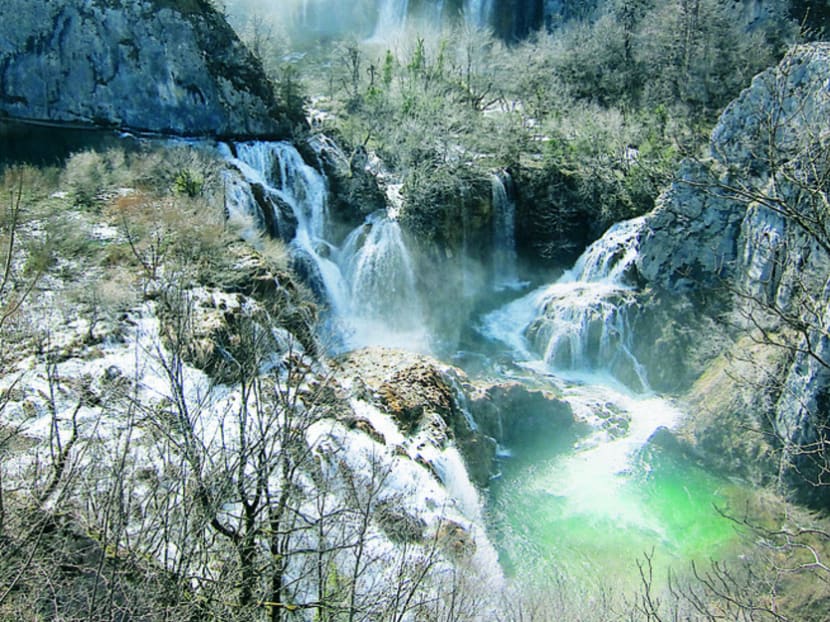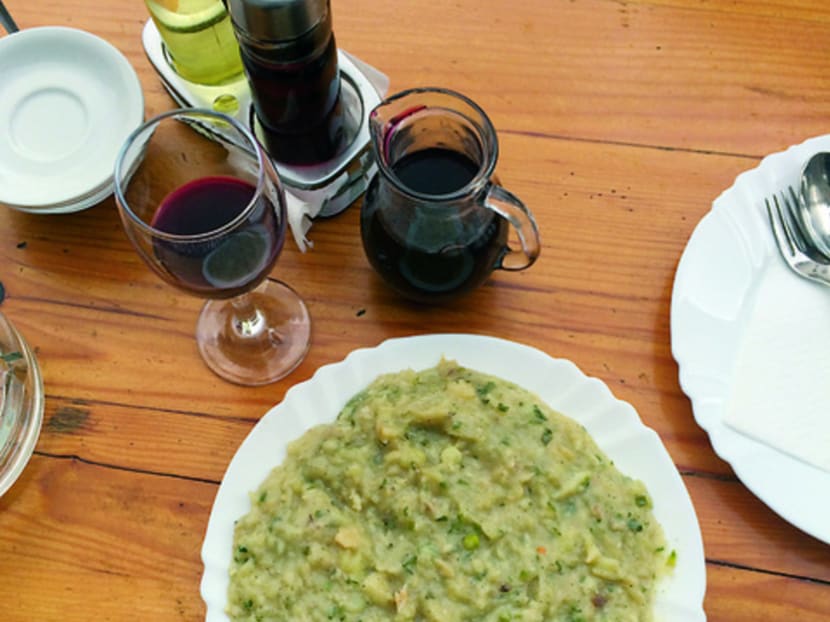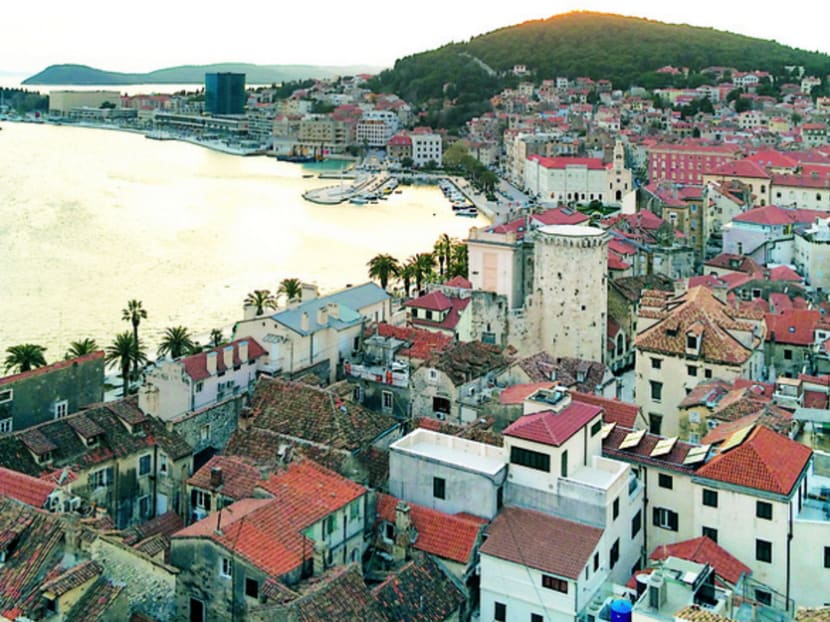A Dalmatian gem
I landed in Split at close to 8am, tumbling off the Jadrolinija — a ferry run by a state-owned Croatian shipping company. It was a crisp, sunny March morning and it had been a long overnight journey across the Adriatic Sea from Ancona, Italy.



I landed in Split at close to 8am, tumbling off the Jadrolinija — a ferry run by a state-owned Croatian shipping company. It was a crisp, sunny March morning and it had been a long overnight journey across the Adriatic Sea from Ancona, Italy.
Split’s harbour is an easy 10-minute walk from the old historical centre. From where I was, I could see a gleaming waterfront promenade, complete with tall palm trees and a medieval bell tower.
The history of Split dates back 17 centuries, when the Roman emperor Diocletian chose the spot for the palace he wanted to spend his last days in. A turbulent past and many changes of ruling powers have transformed Diocletian Palace’s interior. Originally a four-part building housing a luxury villa and a Roman military camp, the inside buildings have been adapted for other uses, both by palace inhabitants over the centuries and citizens of Split later on.
LIFE IN THE PALACE
Much of Diocletian Palace remains and a stroll in the old city will take you through Peristyle, Gothic, Renaissance and Baroque building elements. While the interior is now a charming maze of alleyways interspersed among cafes, bars, restaurants, boutiques and guesthouses, the perimeter walls and gates of the palace are still visible and intact, giving visitors a strong sense of the outline of the grounds.
I entered Diocletian Palace through Porta Orientalis or the Silver Gate, in search of my Airbnb lodging. I found the owner, Dario, sipping coffee at the cafe-bar right at what would be my doorstep. After buying me coffee, he showed me around the second-floor apartment, passed me the key and waved a cheerful goodbye, leaving me to marvel at how much I liked Croatia already.
It would probably be a different story in summer, but in off-season March, the two-bedroom, self-catering apartment smack in the middle of a UNESCO World Heritage palace cost me S$52 for two nights. Talk about living like a king.
Dario pointed me to Fife, a local tavern, for lunch. It offered cheap, tasty Dalmatian-style homecooking in big portions, he enthused. It turned out that Fife has been on the radar of many tourist guides, but that does not detract from its charms.
I entered one of Fife’s no-frills dining rooms to find tables of burly men carb-loading for their work day ahead, alongside obvious out-of-towners. The city has that great laid-back, lived-in quality that intrepid travellers always hope to find at well-known destinations but often don’t.
After some chit chat with the affable staff, I went with their recommendation of bakalar, a traditional dried codfish and potato stew that tasted like a hearty, savoury mash, washed down with table wine. Delicious, but with the immense portion size, probably better shared.
To work off lunch, I decided to climb up to the 57m bell tower for a look. Part of the majestic limestone-and-marble mausoleum of Emperor Diocletian, the complex also holds the Cathedral of Saint Domnius. Consecrated in the seventh century, visitors can still attend Sunday mass today.
The bell tower is not very high, but with narrow steps of uneven height — some knee high — that hug the interior walls, it may be a harrowing experience for those with vertigo. It’s well worth the effort for the 360-degree view of the surrounding mountains and sea that flank Split’s historical core.
RETURN TO NATURE
From Split, escape to Marjan Hill on foot for a spot of nature. The size of New York’s Central Park, the forest oasis has jogging trails, beaches and vistas for a relaxing day out. Those who wish to see some of Croatia’s eight gorgeous national parks can opt for a jaunt to Plitvice Lakes National Park, which is 250km away and a two-and-a-half hour drive from Split. Buses that ply between Split and Zagreb, Croatia’s capital, also serve the route. Day tour packages are also available for those who wish to avoid the hassle.
At Plitvice Lakes National Park, densely wooded mountains embrace 16 emerald and turquoise lakes connected by cascading rapids and thunderous waterfalls. It’s an easy park to navigate if you’re just keeping to the main trails. Head to the information counter to get a map and the park rangers will tell you which paths to follow and where the free shuttle service stops are.
Because of the rain, the waters were running high and a number of paths were lightly flooded. Still, on a segment of boardwalk leading to the highest falls in the park, I removed my boots and socks to wade through the rushing ankle-deep stream — there was no warning barricade, I reasoned, plus I wanted to feel the spray of the waterfall on my skin. It was possibly hovering around 10°C that day.
Then, I turned and saw the rainbow arched across the valley. It was a spectacle worth freezing just a little while for.





